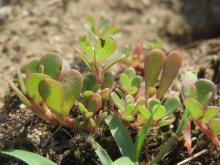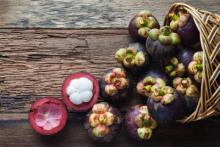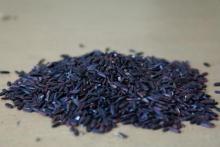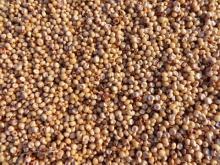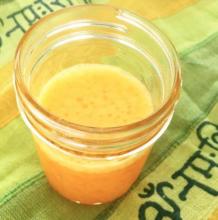Your Guide To Backyard Weeds: Purslane
I first discovered purslane while pulling weeds from my garden. The plant was succulent-like, with thick padded leaves, brightly colored red stems, and tiny yellow flowers. I inspected it closer. It looked like a vegetable I had seen sold at the farmer’s market and so, with a few stems in hand, I went to my computer to investigate.

